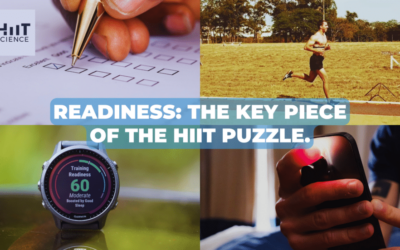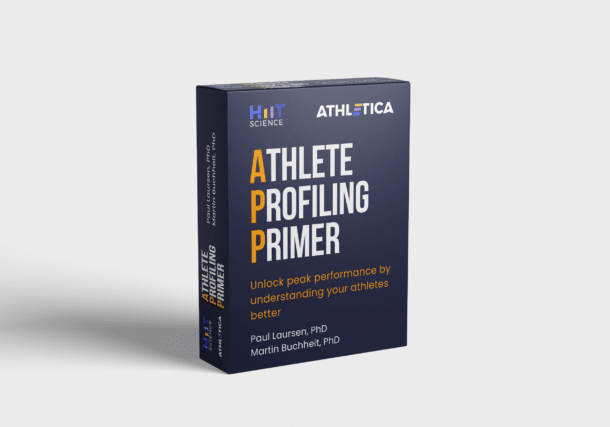The postponed Tokyo 2020 Summer Games are now in full swing, albeit without the presence of in-person spectators. The word ‘unprecedented’ has been overplayed these past 18 months, but here we are again. In March of 2020, at the start of the pandemic, we published a
manuscript and
blog post on the topic of COVID-19, and how we could defeat this concern easily if we all focussed on our health and took steps to develop robust immune systems. The elderly, and those termed ‘
overfat‘, would be in jeopardy.
For our team at HIIT Science, Martin always encourages us to strive to be evidence-informed. So in terms of our hypothesis, we needed to confirm our suspicions. What did the available raw data and peer-reviewed research show? Let’s see. In terms of critical cases, Kompaniyets et al. (1) used data from more than 800 US hospitals and found that 95% of 540,667 patients that tested positive (via PCR) for COVID-19 had at least one underlying medical condition; predominantly essential hypertension (50%), disorders of lipid metabolism (49%), and obesity (33%). The strongest risk factors for death from this large dataset were obesity, fear-related disorders, and diabetes (1). When we look to the raw data available in the USA (2), the U.S.
Centers for Disease Control and Prevention (CDC) data show that 94% of all COVID-19 related deaths occurred in individuals that possessed an average of 4.0 pre-existing comorbidities or illnesses (i.e., obesity, existing respiratory diseases, hypertension, diabetes, cardiovascular disease, cancer, etc.).
The reality — the old and sick die from COVID — not the young and healthy.
As this reality — what the data says — opposes the prevailing message, we can only conclude with Franklin D. Roosevelt’s famous quote: “the only thing we have to fear is fear itself”.

Credits: ABC News
Nevertheless, here we are. This Games was supposed to be about how our athletes and their supporters
navigated their way around the heat. Unfortunately, these Games ongoing are: 1) without spectators, 2) filled with illogically distracting rules (masks, distancing, cleaning, etc), and 3) messaging fear and blame to ‘unvaccinated’ individuals.
How do these factors change what it means to compete in the Olympics? For athletes, sport systems and society at large?
For athletes, remember, this is still their moment. Most have trained for years of their life to have this moment, including added adversity instilled on them by the pandemic rules put forth. While there are few live fans to distract, overwhelm, or motivate, its still the Olympics, and my observations are still of athletes giving their best and displaying remarkable human performance. While certain athlete psychologies could benefit from the lack of crowds, for others, this may not be the case. Regardless, athletes know the world is watching. Its still their moment. Certainly my passion to watch optimal human movement and performance has not waned. Generally speaking, not much changes for our athletes as individuals — at least in the moment. Athletes and their teams are honoured and excited to be competing at the Olympics.

Credits: South China Morning Post
But after the dust settles on their day, the post-event celebrations could be partially underwhelming. But each will find their own special way to celebrate and humanize these moments. For example, we watched the Canadian women’s 4x100m freestyle relay team award each other their medals, as opposed to just having the medal handed to them.

Credits: Verve Times
The messaging to society from this Games is clear. This is the COVID-Games. It could have been a message to promote global health. In fact, there was no better opportunity to inspire the world to be healthy. Unfortunately, the solution put forth is not by way of a healthy lifestyle, but is instead through vaccines. However,
anecdotal reports by some athletes is that something isn’t right with their performance following these injections. Its no wonder that superstars in the sports of
swimming,
ice hockey and
NFL (amongst others) are taking a hard stance against the mandatory nature of them.
In summary, I’m thrilled to watch the beauty of the best athletes in the world perform at the COVID Games, but saddened by the conditions and restrictions they must perform under. As I have outlined, it didn’t have to be this way. I am concerned with where this is all going — for sport, for humanity.
References
- Kompaniyets L, Pennington AF, Goodman AB, Rosenblum HG, Belay B, Ko JY, et al. Underlying Medical Conditions and Severe Illness Among 540,667 Adults Hospitalized With COVID-19, March 2020-March 2021. Prev Chronic Dis. 2021;18:E66.
- Provisional Death Counts for Coronavirus Disease 2019 (COVID-19). Centers for Disease Control and Prevention: National Center for Health Statistics; 2021.










